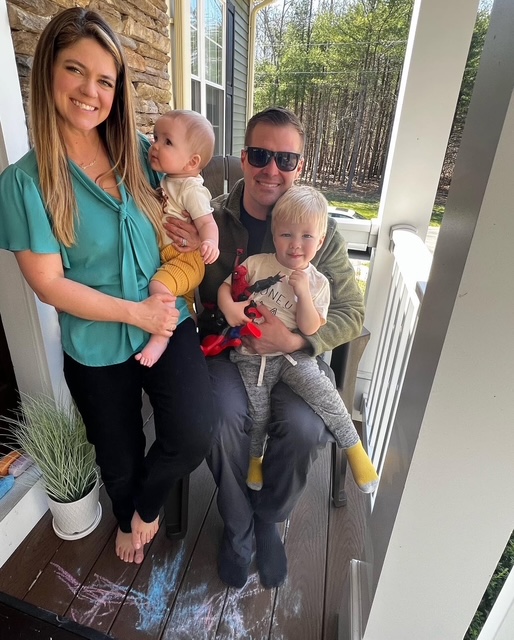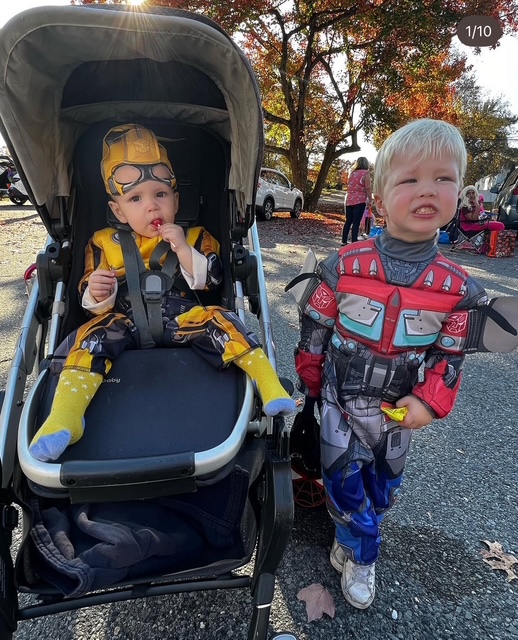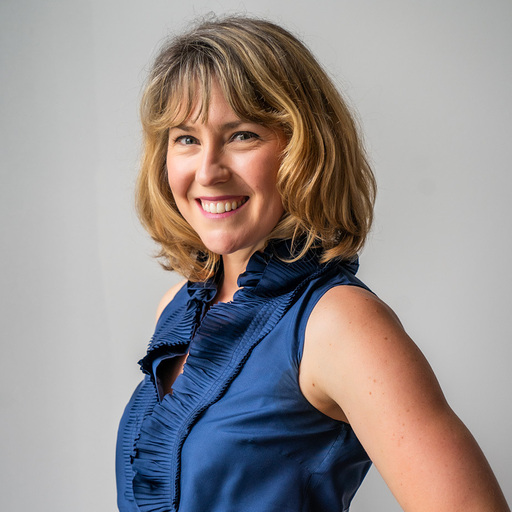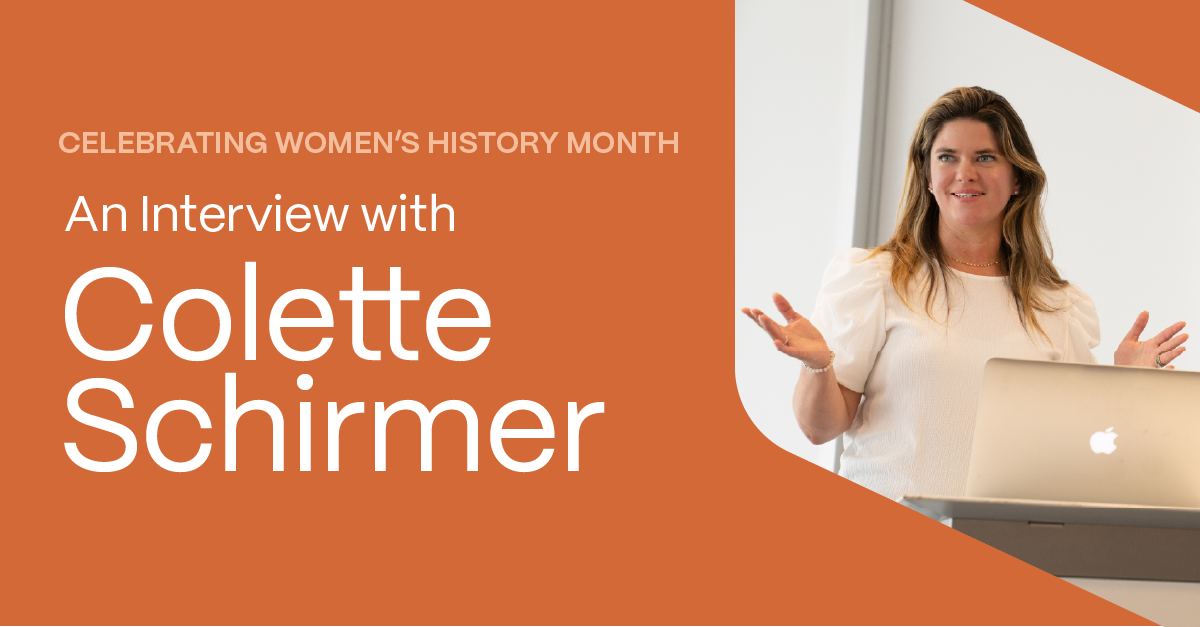
Celebrating Women’s History Month: An Interview with Colette Schirmer
Nearly a decade ago, I met someone who would go on to shape Pixability’s Customer Success organization. Colette Schirmer has brought brilliance, grit, and heart to everything she touches—from leading holding company partnerships and with top brands across YouTube, to helping shape the culture and strategy at Pix. Watching her grow into an executive leader while also navigating the beautifully human experience of becoming a mother—twice—has been nothing short of inspiring.
For Women’s History Month, I had the privilege of sitting down with Colette to reflect on her journey, the power of representation, and how she’s helping shape the future of media, one bold move at a time.
Theresa: You’ve worked closely with top brands and holding companies on YouTube—what excites you most about the platform’s role in today’s advertising landscape?
Colette: YouTube continues to be one of the most dynamic and powerful platforms for brand storytelling. Its ability to blend precision targeting with deep engagement across all demographics is unmatched. What excites me most is how YouTube is not only where culture is happening in real time, but it’s also where brands can authentically be part of that conversation.
Theresa: What trends are you seeing in video advertising that brands and agencies need to pay more attention to?
Colette: Short-form content and AI-powered inventory curation and creative optimization are two key trends reshaping the landscape. Brands that are nimble, adapting creative based on real-time insights are outperforming those still relying on static, traditional campaign models. And the rise of creator-led content is also a major force, authenticity and relevance are driving real results.
Theresa: During your time here as an executive at Pix, what were some of the most important lessons you learned about leadership and company growth?
Colette: Leadership to me is about clarity, empathy, and adaptability. At Pix, I’ve learned that growth comes not just from innovation, but from cultivating a culture where people feel valued and empowered. Some of our best strategic pivots came from open dialogue and trust within the team.
Theresa: You took two maternity leaves during your tenure at Pix—how did you prepare for those transitions, and what was it like returning each time?
Colette: Preparation involved transparency, planning, and trust. I was fortunate to be surrounded by colleagues who stepped up in big ways. Coming back was emotional, each time different however having a supportive environment made all the difference. It allowed me to re-enter with confidence and purpose. I felt like I never left after a week back!
Theresa: What advice do you have for women in executive roles who are navigating maternity leave while still driving impact in their companies?
Colette: Plan ahead, communicate openly, and release the pressure to “do it all.” Your leadership is not defined by your constant presence, but by the systems and people you’ve empowered. And remember: stepping away is not stepping back, it can actually enhance your leadership perspective.
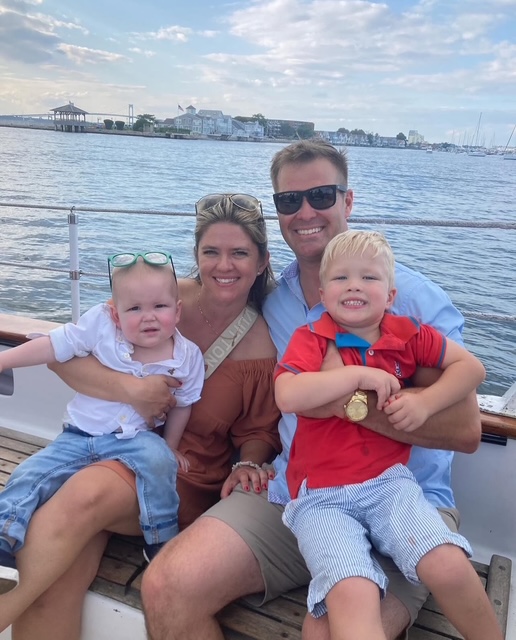
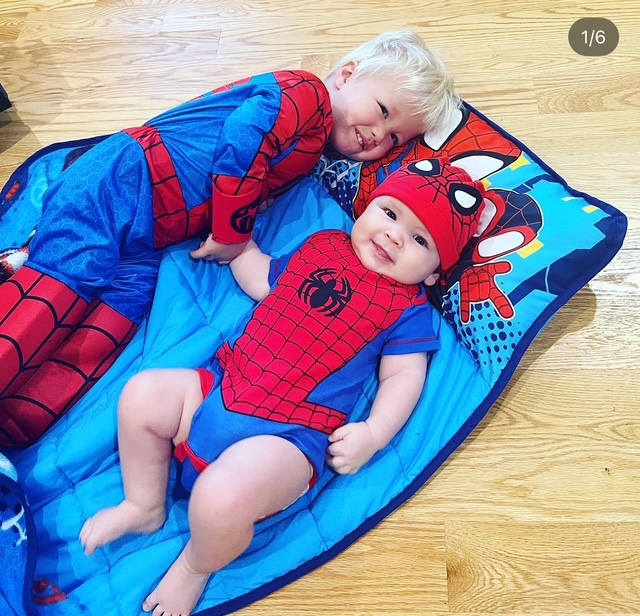
Theresa: You’re leading across the full campaign lifecycle—from strategy to activation, insights to reporting. How do you keep those moving parts aligned while driving success across the Customer Success team?
Colette: It starts with strong communication and shared goals. We anchor everything to client outcomes, and that keeps the team aligned. I’ve also learned the power of cross-functional collaboration and when every team has a seat at the table, the work is stronger and more seamless. Clarity is key.
Theresa: How do you see YouTube’s ad ecosystem evolving over the next few years, especially with the rise of AI and short-form video?
Colette: AI will continue to elevate both creative production and media efficiency. We’re already seeing smarter audience targeting and content iteration at scale. Short-form video especially through YouTube Shorts is becoming a core part of how audiences discover and engage with content. Shorts offers brands a unique opportunity to capture attention quickly and authentically, often acting as a gateway to longer-form storytelling on the platform. I think the challenge and opportunity will be for brands to build narratives that stretch across formats and durations, meeting the viewer wherever they are in their journey.
Theresa: Representation matters—how have you seen the presence and influence of women evolve in the digital advertising space over the course of your career?
Colette: There’s been real progress, especially in visibility and leadership. More women are stepping into roles where they shape strategy, culture, and business outcomes. But there’s still work to do. I’ve been lucky enough to work with strong female leaders,mentors and be a part of a company that prioritizes these values.
Theresa: What advice would you give to young women looking to enter or rise within the advertising and media industry?
Colette: Own your voice early. Seek out people who challenge and champion you. Say yes to opportunities that scare you a little, get comfortable in the uncomfortable. Your perspective is your power – always advocate for yourself.
Theresa: If you could change one thing about how the advertising industry works with platforms like YouTube, what would it be?
Colette: I would push for more intentional alignment between creative and media from the start. Too often, creative is developed in a silo without fully understanding where it will run or how it will live on the platform. The best campaigns are born from a holistic view, where storytelling, targeting, and context work hand-in-hand.
Theresa: What kind of legacy do you hope to leave—not just in terms of work, but the culture you’re helping to shape in the industry?
Colette: I hope my legacy is one of impact and inclusion. That I helped build spaces where people, especially women felt seen, heard, and empowered to lead boldly. And that I was part of shaping a future of media that’s more human, more equitable, and more inspired.
